Restoration Controversy
입력 2019.03.22 (15:08)
수정 2019.03.22 (15:15)
읽어주기 기능은 크롬기반의
브라우저에서만 사용하실 수 있습니다.
[Anchor Lead]
Mireuksaji Stone Pagoda is Korea's National Treasure number 11. It is also the largest and oldest surviving stone pagoda in Korea. The restoration of this important monument has recently been completed, but the Board of Audit and Inspection found out that the restoration of the pagoda lacked consistency.
[Pkg]
Mireuksaji Stone Pagoda in Iksan, Jeollabuk-do Province. Passage of time had damaged the monument and during the occupation, the Japanese had slapped on concrete to prevent it from collapsing. But this haphazard measure turned the pagoda into a hideous eyesore. The structure underwent a major repair, starting in 1998, and its restoration was recently completed after 18 long years of repair. But the Board of Audit and Inspection reported that the restoration of the stone pagoda lacked consistency. During the dismantling of the stone pagoda, the restorers saw that in the main body of the pagoda the stone slabs were layered irregularly and the gaps were filled with dirt. However, the Cultural Heritage Administration used new rectangular stone slabs to make the foundation, explaining that this part was not shaped regularly and had structural issues. In early 2016, however, the Cultural Heritage Administration started reusing the existing materials to build the pagoda above the third tier. However, the Board of Audit and Inspection pointed out that there was no consistency in the restoration plans for the lower and upper parts and that no new blueprint was designed to reflect necessary changes. The CHA explained that the first and second tiers of the pagoda were erected as planned, but the remaining tiers were built with existing stone materials at the advice of restoration experts. Also, the cultural preservation agency said the decision to build the upper part differently from the lower tiers was made to ensure stability and preserve its historical value.
[Soundbite] (Employee of Cultural Heritage Administration) : "There may be procedural errors in restoring the pagoda without changing the design, but the restoration itself was done after consulting with experts."
The Board of Audit and Inspection notified the cultural preservation agency to verify the stability of Mireuksaji Stone Pagoda and asked for more detailed repair plans of cultural assets in the future.
Mireuksaji Stone Pagoda is Korea's National Treasure number 11. It is also the largest and oldest surviving stone pagoda in Korea. The restoration of this important monument has recently been completed, but the Board of Audit and Inspection found out that the restoration of the pagoda lacked consistency.
[Pkg]
Mireuksaji Stone Pagoda in Iksan, Jeollabuk-do Province. Passage of time had damaged the monument and during the occupation, the Japanese had slapped on concrete to prevent it from collapsing. But this haphazard measure turned the pagoda into a hideous eyesore. The structure underwent a major repair, starting in 1998, and its restoration was recently completed after 18 long years of repair. But the Board of Audit and Inspection reported that the restoration of the stone pagoda lacked consistency. During the dismantling of the stone pagoda, the restorers saw that in the main body of the pagoda the stone slabs were layered irregularly and the gaps were filled with dirt. However, the Cultural Heritage Administration used new rectangular stone slabs to make the foundation, explaining that this part was not shaped regularly and had structural issues. In early 2016, however, the Cultural Heritage Administration started reusing the existing materials to build the pagoda above the third tier. However, the Board of Audit and Inspection pointed out that there was no consistency in the restoration plans for the lower and upper parts and that no new blueprint was designed to reflect necessary changes. The CHA explained that the first and second tiers of the pagoda were erected as planned, but the remaining tiers were built with existing stone materials at the advice of restoration experts. Also, the cultural preservation agency said the decision to build the upper part differently from the lower tiers was made to ensure stability and preserve its historical value.
[Soundbite] (Employee of Cultural Heritage Administration) : "There may be procedural errors in restoring the pagoda without changing the design, but the restoration itself was done after consulting with experts."
The Board of Audit and Inspection notified the cultural preservation agency to verify the stability of Mireuksaji Stone Pagoda and asked for more detailed repair plans of cultural assets in the future.
■ 제보하기
▷ 카카오톡 : 'KBS제보' 검색, 채널 추가
▷ 전화 : 02-781-1234, 4444
▷ 이메일 : kbs1234@kbs.co.kr
▷ 유튜브, 네이버, 카카오에서도 KBS뉴스를 구독해주세요!
- Restoration Controversy
-
- 입력 2019-03-22 15:08:11
- 수정2019-03-22 15:15:01
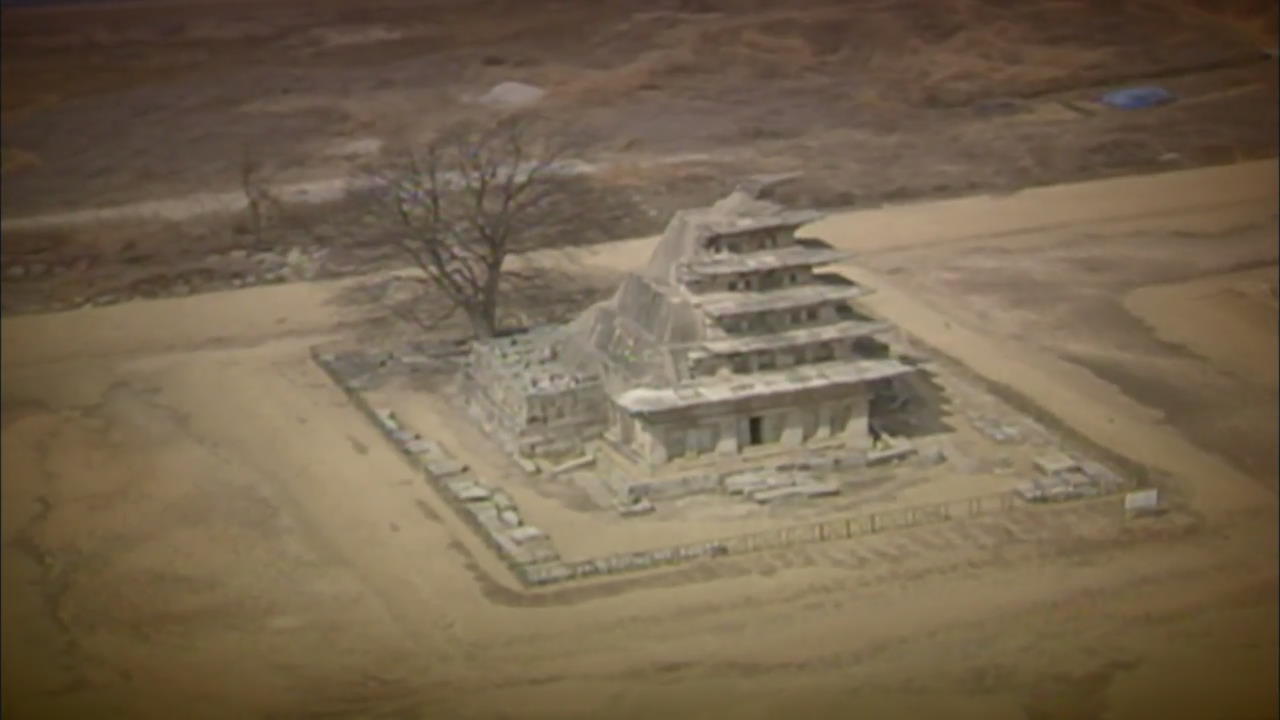
[Anchor Lead]
Mireuksaji Stone Pagoda is Korea's National Treasure number 11. It is also the largest and oldest surviving stone pagoda in Korea. The restoration of this important monument has recently been completed, but the Board of Audit and Inspection found out that the restoration of the pagoda lacked consistency.
[Pkg]
Mireuksaji Stone Pagoda in Iksan, Jeollabuk-do Province. Passage of time had damaged the monument and during the occupation, the Japanese had slapped on concrete to prevent it from collapsing. But this haphazard measure turned the pagoda into a hideous eyesore. The structure underwent a major repair, starting in 1998, and its restoration was recently completed after 18 long years of repair. But the Board of Audit and Inspection reported that the restoration of the stone pagoda lacked consistency. During the dismantling of the stone pagoda, the restorers saw that in the main body of the pagoda the stone slabs were layered irregularly and the gaps were filled with dirt. However, the Cultural Heritage Administration used new rectangular stone slabs to make the foundation, explaining that this part was not shaped regularly and had structural issues. In early 2016, however, the Cultural Heritage Administration started reusing the existing materials to build the pagoda above the third tier. However, the Board of Audit and Inspection pointed out that there was no consistency in the restoration plans for the lower and upper parts and that no new blueprint was designed to reflect necessary changes. The CHA explained that the first and second tiers of the pagoda were erected as planned, but the remaining tiers were built with existing stone materials at the advice of restoration experts. Also, the cultural preservation agency said the decision to build the upper part differently from the lower tiers was made to ensure stability and preserve its historical value.
[Soundbite] (Employee of Cultural Heritage Administration) : "There may be procedural errors in restoring the pagoda without changing the design, but the restoration itself was done after consulting with experts."
The Board of Audit and Inspection notified the cultural preservation agency to verify the stability of Mireuksaji Stone Pagoda and asked for more detailed repair plans of cultural assets in the future.
Mireuksaji Stone Pagoda is Korea's National Treasure number 11. It is also the largest and oldest surviving stone pagoda in Korea. The restoration of this important monument has recently been completed, but the Board of Audit and Inspection found out that the restoration of the pagoda lacked consistency.
[Pkg]
Mireuksaji Stone Pagoda in Iksan, Jeollabuk-do Province. Passage of time had damaged the monument and during the occupation, the Japanese had slapped on concrete to prevent it from collapsing. But this haphazard measure turned the pagoda into a hideous eyesore. The structure underwent a major repair, starting in 1998, and its restoration was recently completed after 18 long years of repair. But the Board of Audit and Inspection reported that the restoration of the stone pagoda lacked consistency. During the dismantling of the stone pagoda, the restorers saw that in the main body of the pagoda the stone slabs were layered irregularly and the gaps were filled with dirt. However, the Cultural Heritage Administration used new rectangular stone slabs to make the foundation, explaining that this part was not shaped regularly and had structural issues. In early 2016, however, the Cultural Heritage Administration started reusing the existing materials to build the pagoda above the third tier. However, the Board of Audit and Inspection pointed out that there was no consistency in the restoration plans for the lower and upper parts and that no new blueprint was designed to reflect necessary changes. The CHA explained that the first and second tiers of the pagoda were erected as planned, but the remaining tiers were built with existing stone materials at the advice of restoration experts. Also, the cultural preservation agency said the decision to build the upper part differently from the lower tiers was made to ensure stability and preserve its historical value.
[Soundbite] (Employee of Cultural Heritage Administration) : "There may be procedural errors in restoring the pagoda without changing the design, but the restoration itself was done after consulting with experts."
The Board of Audit and Inspection notified the cultural preservation agency to verify the stability of Mireuksaji Stone Pagoda and asked for more detailed repair plans of cultural assets in the future.
이 기사가 좋으셨다면
-
좋아요
0
-
응원해요
0
-
후속 원해요
0











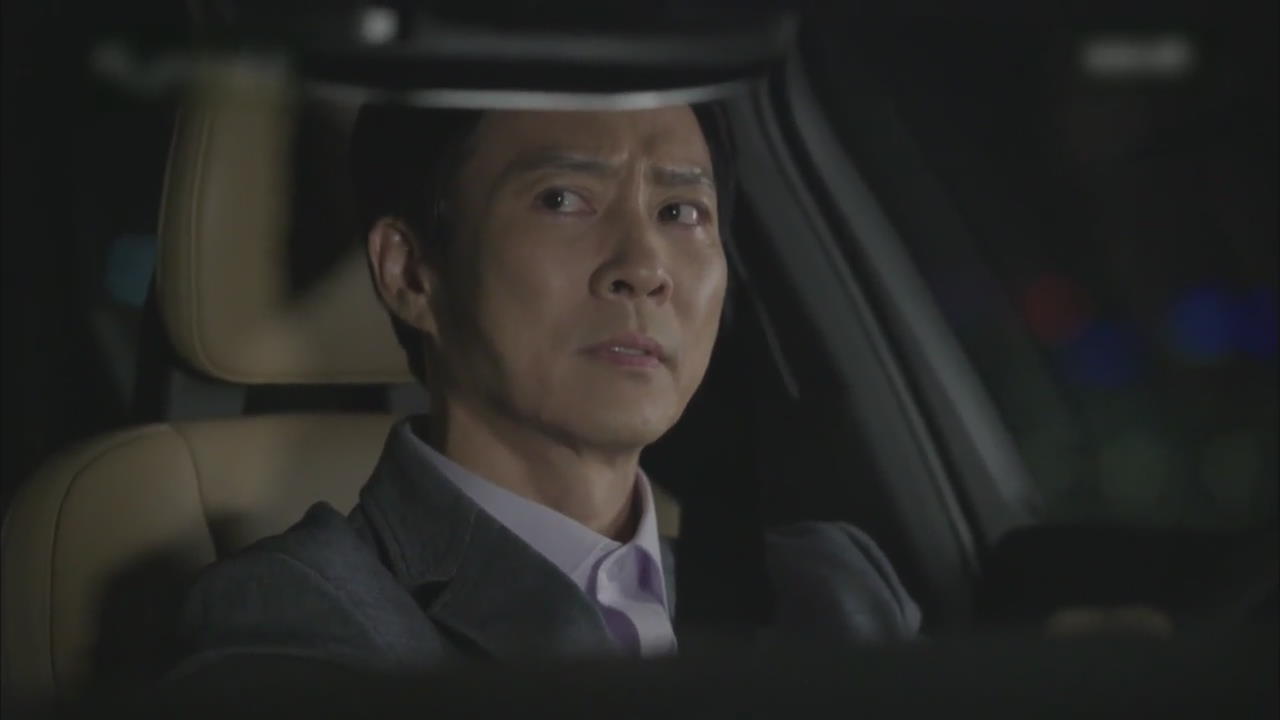
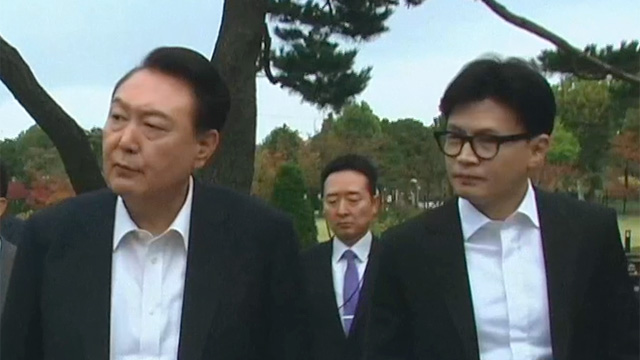
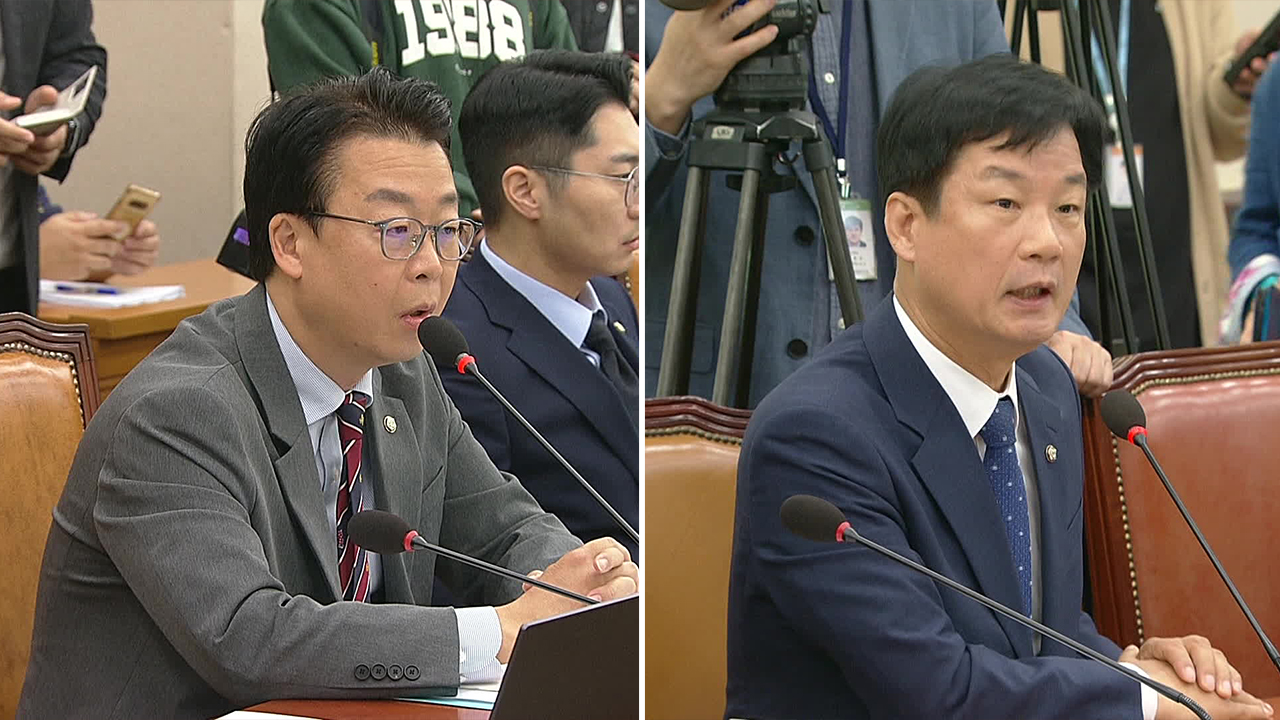

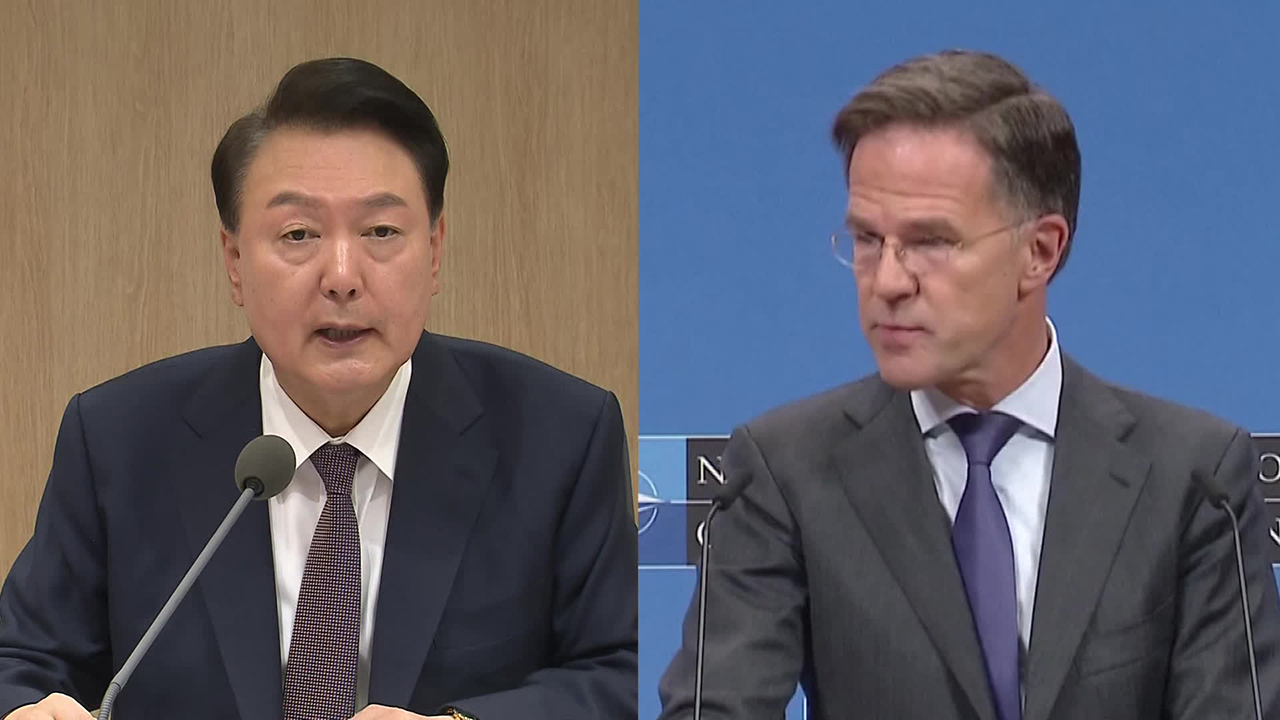

이 기사에 대한 의견을 남겨주세요.